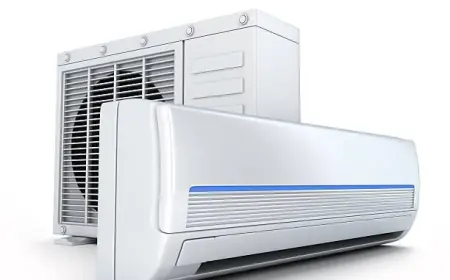Mastering Handheld Metal Laser Welding: A Comprehensive Guide
Handheld metal laser welding has revolutionized the way we approach small-scale and precision welding tasks. This versatile technique offers unparalleled
Handheld metal laser welding has revolutionized the way we approach small-scale and precision welding tasks. This versatile technique offers unparalleled control, precision, and efficiency, making it an indispensable tool for a wide range of industries, from automotive repair to aerospace engineering. In this comprehensive guide, we'll explore the fundamentals of handheld metal laser welding and provide you with the knowledge and skills necessary to become a proficient practitioner.
Understanding the Basics
Handheld metal laser welding utilizes a high-energy laser beam to fuse metal components together. Unlike traditional welding methods, laser welding does not require physical contact between the welding tool and the workpiece, allowing for greater accessibility and precision. The focused laser beam melts the metal, creating a strong, seamless joint that is often narrower and more consistent than those produced by other welding techniques.
Equipment and Setup
To begin your journey in handheld metal laser welding, you'll need to assemble the necessary equipment. This typically includes a portable laser welding unit, protective gear (such as goggles and gloves), and a secure clamping system to hold your workpiece in place. Ensure that your workspace is well-ventilated and free from any flammable materials.
Preparing the Workpiece
Proper preparation of the workpiece is crucial for achieving high-quality welds. Start by thoroughly cleaning the surfaces to be joined, removing any dirt, grease, or oxidation. This will help the laser beam penetrate the metal effectively and create a strong, uniform bond. Additionally, you may need to align and clamp the workpieces to maintain their desired position during the welding process.
Mastering the Technique
The key to successful handheld metal laser welding lies in the precise control of the laser beam. Begin by adjusting the laser power, beam diameter, and travel speed to suit the thickness and composition of your workpiece. Experiment with different settings to find the optimal parameters for your specific application.
As you weld, maintain a steady hand and consistent movement of the laser beam. Avoid sudden stops or changes in direction, as this can lead to inconsistencies or defects in the weld. Keep a close eye on the melt pool, adjusting your technique as needed to ensure a smooth, continuous weld.
Postprocessing and Quality Inspection
After completing the welding process, it's essential to inspect the joint for any imperfections or defects. This may involve visual inspection, as well as more advanced techniques such as x-ray or ultrasonic testing. Depending on the application, you may also need to perform additional postprocessing steps, such as grinding, polishing, or heat treatment, to achieve the desired surface finish and mechanical properties.
Continuous Improvement and Safety
Mastering handheld metal laser welding is an ongoing process that requires practice, patience, and a commitment to continuous learning. Stay up-to-date with the latest advancements in laser welding technology and techniques, and be sure to always prioritize safety by following proper protocols and wearing the appropriate protective equipment.
By embracing the power and precision of handheld metal laser welding, you'll open up a world of possibilities for your metalworking projects. Whether you're repairing delicate components, fabricating intricate designs, or pushing the boundaries of what's possible, this versatile technique will become an invaluable asset in your toolbox.
What's Your Reaction?
 Like
0
Like
0
 Dislike
0
Dislike
0
 Love
0
Love
0
 Funny
0
Funny
0
 Angry
0
Angry
0
 Sad
0
Sad
0
 Wow
0
Wow
0














































